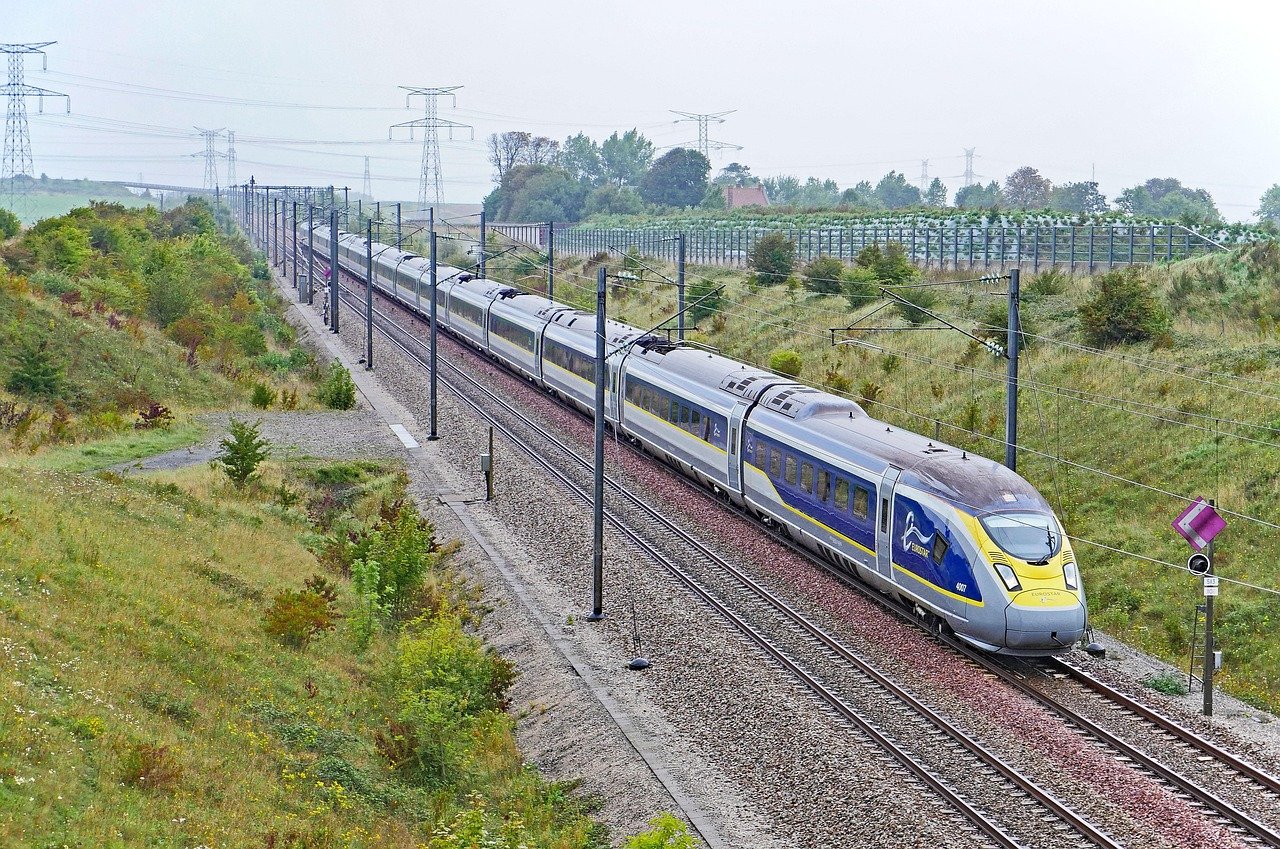China’s new high-speed train has once again set a global benchmark in rail technology. Its latest train, the CR450, achieved a record-breaking speed of 453 km/h during testing on the Shanghai–Chongqing–Chengdu high-speed line, according to Chinese state media. This milestone strengthens China’s leadership in high-speed transportation and sets the stage for even faster, more efficient travel across the country.
Revolutionary Design and Performance
The CR450 represents the next generation of China’s new high-speed train series. Engineers have redesigned the aerodynamic body to reduce air resistance and improve stability, enabling the train to accelerate from 0 to 350 km/h in just 4 minutes and 40 seconds.
Beyond speed, the CR450 is designed with enhanced safety systems, shorter braking distances, and improved energy efficiency. The cabin offers greater comfort, with reduced noise levels and smoother rides, even at top speed.
Passenger service is expected to begin after successful completion of 600,000 kilometers of trial runs, ensuring the system’s reliability and safety.
China’s Expanding High-Speed Rail Network
China already operates the largest high-speed rail network in the world, spanning over 45,000 kilometers. Trains like the Fuxing and Hexie series connect major cities such as Beijing, Shanghai, Guangzhou, and Hong Kong at speeds of 350 km/h.
The new CR450 aims to cut travel times even further — for instance, reducing the journey between Shanghai and Chengdu from over 10 hours to around 7. The country’s long-term goal is to develop ultra-high-speed corridors that connect regional hubs and potentially extend into neighboring countries as part of the Belt and Road Initiative.
How Europe Compares
While China leads in scale and speed, Europe maintains a strong presence in high-speed rail innovation.
- France’s TGV holds Europe’s speed record at 574.8 km/h (a test run in 2007), though regular service operates at 320 km/h.
- Germany’s ICE trains focus on comfort, punctuality, and energy efficiency.
- Spain’s AVE network covers over 3,000 km and connects Madrid to major cities at 300 km/h.
- Italy’s Frecciarossa 1000 achieves commercial speeds up to 360 km/h.
However, unlike China’s state-driven expansion, European systems are fragmented across national borders and regulations, slowing down cross-border integration.
Interesting Facts About High-Speed Rail
- China’s trains are 95% domestically produced, showcasing local engineering strength.
- The CR450 is expected to use smart control systems powered by AI, adjusting performance dynamically based on weather and track conditions.
- China is testing maglev (magnetic levitation) technology that could reach speeds above 600 km/h in the future.
- In Europe, projects like the Rail Baltica corridor aim to modernize cross-country connections using green, high-speed rail solutions.
What This Means for Global Transport
China’s new high-speed train demonstrates the country’s ambition to dominate next-generation transport systems. As global demand for fast, sustainable travel grows, competition among major rail manufacturers — from China, France, Japan, and Germany — will shape the future of intercity mobility.
We at Invest Education think that fast train travel will be the backbone of future mobility especially in China and the EU with their vast rail networks and climate change objectives. Modern high-speed trains provide fast and potentially carbon free travel which is also convenient and sometimes faster than airplane travel. In term of comfort of travel trains remain unmatched so there is no doubt they will be part of the world’s transportation future.
Feuatured Image by Erich Westendarp from Pixabay

